This review is taken from PN Review 28, Volume 9 Number 2, November - December 1982.
on Roy Campbell
Alexander Peter, Roy Campbell: A Critical Biography
Roy Campbell still has a reputation for having made physical violence a part of literary discussion, as Stephen Spender discovered when he was attacked (rather gently, he says) at a poetry reading. Yet the photographs in this biography show that as a young man Campbell had large, thoughtful eyes and a sensitive, almost weak, mouth. The biography explores his contradictions, and the main one is established early: he was a literary, bookish man who idealized the life of action. The life of action was real, and began early. The eleven-year-old boy shot buck, and at fifteen he tried to enlist to fight in the First World War. At seventeen he left provincial South Africa for Europe, fully conscious that he was in search of the cultural heritage that Durban could not provide. He arrived at Oxford in 1919, where the composer William Walton introduced him to English literary life: the Sitwells, Eliot, Wyndham Lewis, Graves, Aldous Huxley.
The initiation was rapid and effective, for Campbell was capable of absorbing personal and literary influences very quickly. Or rather, he was susceptible to influence, for that weak mouth had its significance. His closest friend at Oxford was T.W. Earp (later an art critic), and it was under Earp's influence that he became actively homosexual and a supporter of the politics of the left. But he lacked intellectual convictions. Peter Alexander writes that 'Campbell accepted Earp's views because he liked Earp', and this way of deciding matters became a theme ...
The page you have requested is restricted to subscribers only. Please enter your username and password and click on 'Continue':
If you have forgotten your username and password, please enter the email address you used when you joined. Your login details will then be emailed to the address specified.
If you are not a subscriber and would like to enjoy the 292 issues containing over 11,700 poems, articles, reports, interviews and reviews,
why not subscribe to the website today?
